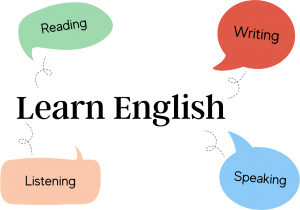Baking Soda vs Baking Powder: What’s the Difference?

Baking soda is usually used in place of baking powder in recipes involving sour milk or some other acid, like molasses or honey. If the dough contains a natural acidic ingredient such as sour milk, buttermilk, yogurt, chocolate or molasses, baking soda is usually the lone leavening ingredient. As a rule of thumb half teaspoon baking soda will be used for every 1 cup “acidic ingredient” called for. While it may seem redundant in many recipes for both baking soda and baking powder. The additional baking soda can help get the action working sooner and often promotes the browning of the surface of cakes, cookies or muffins.
Baking powder, normally cornstarch, is a combination of three things: baking soda, vinegar, and a filler. Chemical leaveners are baking soda and baking powder. A major difference between baking soda and baking powder is that baking soda is basic and will result in a bitter taste unless the recipe contains an acidic ingredient to neutralize the bitterness. Meanwhile baking powder is a mixture of baking soda and powdered acids and acid and a base. This combination makes baking powder neutral so it doesn’t much affect the taste.
Formula of Baking Soda and Baking Powder
The chemical name of baking soda is sodium hydrogen carbonate or sodium bicarbonate (NaHCO3). It is a crystalline white solid but sometimes occurs as a fine powder. It is used in our kitchen for preparing various dishes. The baking soda is a dry chemical used to increase the volume and lighten the texture of baked items like cakes and cookies. Baking soda is a weak base and therefore not a powerful detergent as compared to a washing soda which breaks down fat.
Since bicarbonate chemistry is central to life and wellbeing, sodium bicarbonate happens to be one of our most effective drugs. When we sing of sodium bicarbonate, we’re talking of severe medicine. The empirical formula for baking soda is NaHCO3. Further baking soda begins to react as soon as the mixture is made and must be baked immediately, while most baking powder can stand a while before being baked. Dry cornstarch is added to baking powder to absorb moisture to further insure it doesn’t start reacting before it should.
Uses of Baking Soda
Baking soda also is used as a leavening agent to help baked goods rise. It is not healthy for consumption due to its high sodium content. However, it is an excellent nontoxic cleanser for use in the kitchen and bathroom and is also a good deodorizer especially for the refrigerator. Use it to clean fixtures, countertops and sinks and be sure to rinse well. Baking soda makes a great cleaning product for people with extreme sensitivities and chemical allergies.
As a substitute for baking soda, use a low sodium, aluminium free baking powder such as Rumford’s using two parts baking powder in place of one part soda. It is understood that baking soda has certain health benefits. For example, by neutralising stomach acid, it can help relieve heartburn and it can also help whiten teeth by eliminating stains.







